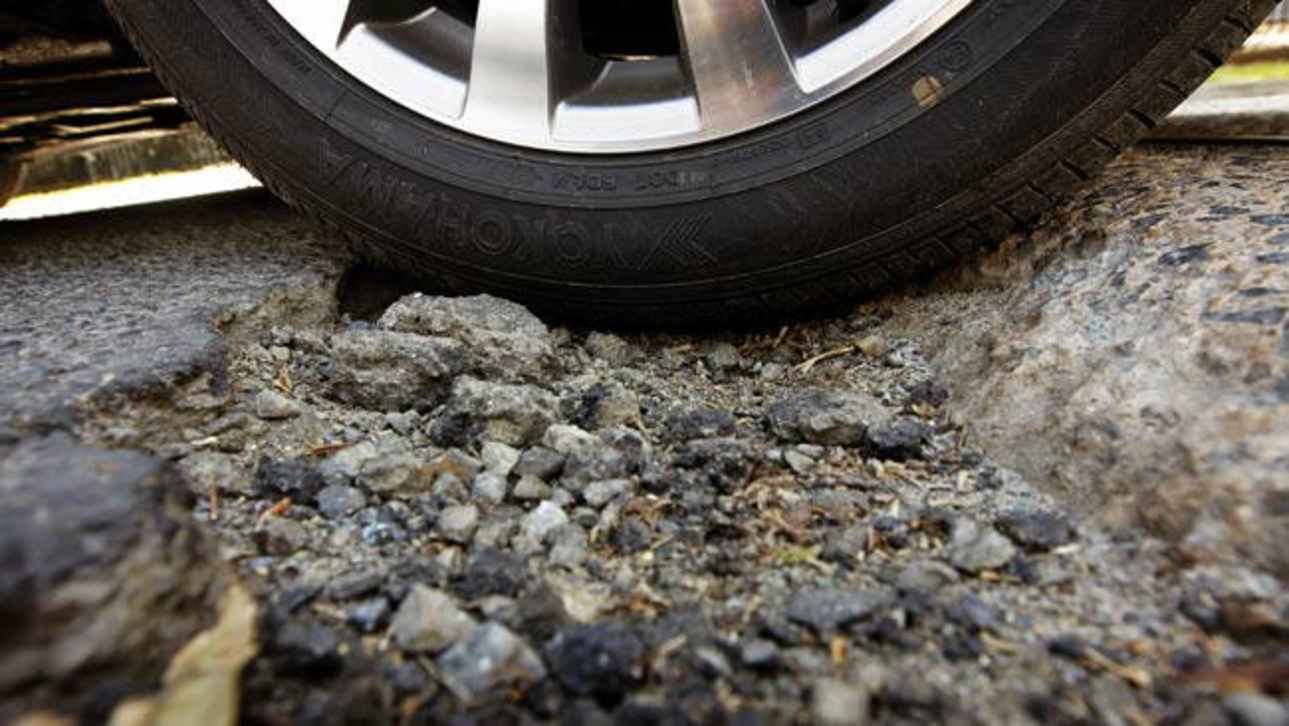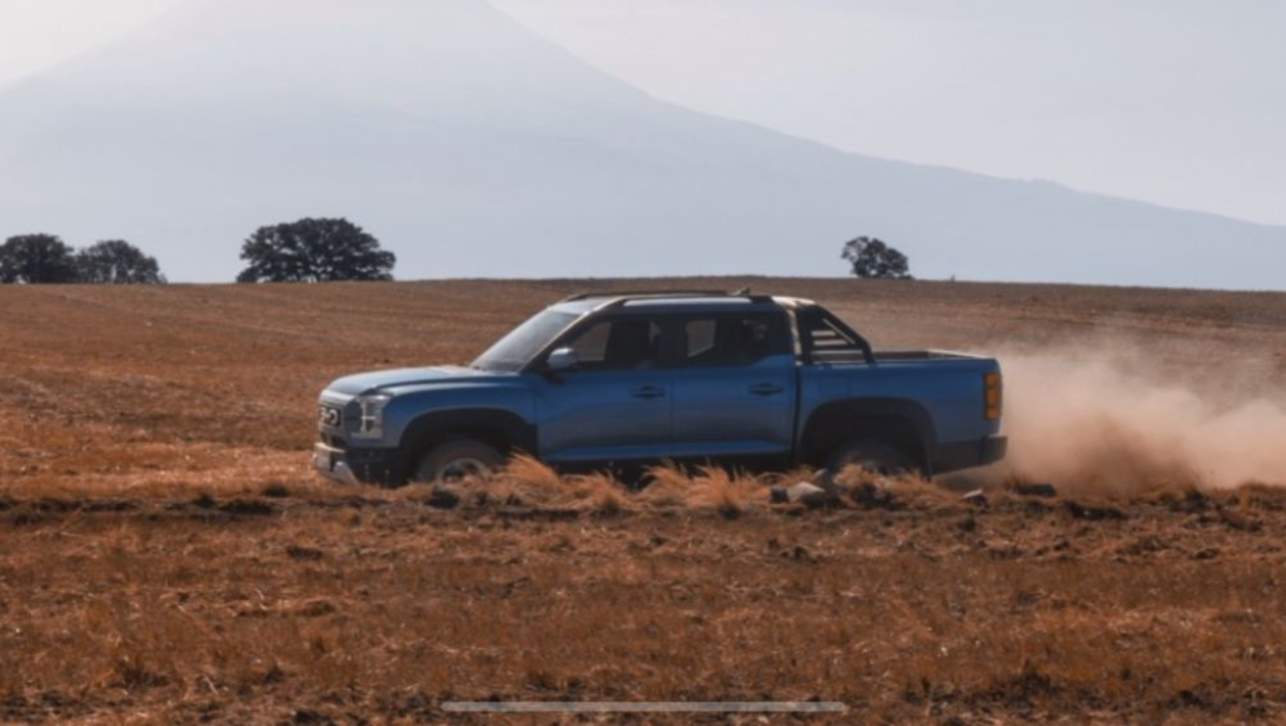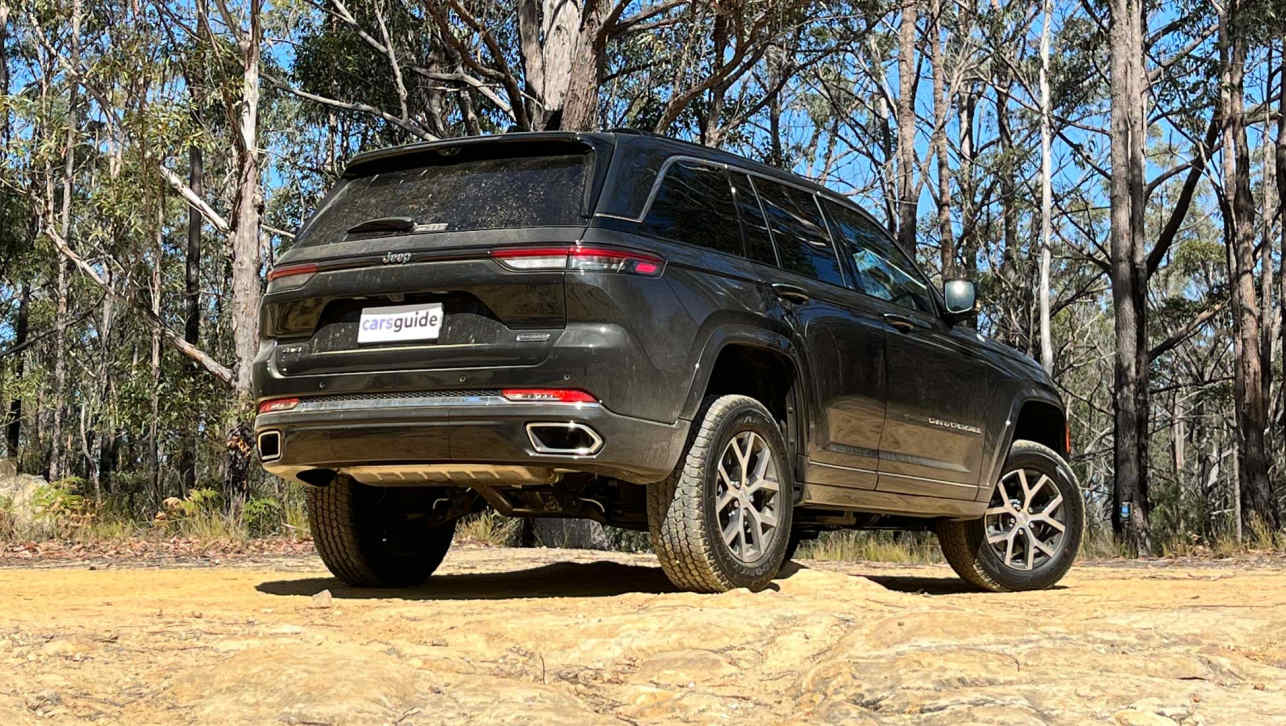Our very lives depend on the relatively tiny patch of rubber that is the contact between our tyre and the road surface. It doesn't matter how many nifty safety features carmakers fit to our cars, if the tyre/road contact patch isn't at its optimum the effectiveness of systems like ABS brakes and anti-skid systems is reduced.
There are ways to look after our tyres to keep them working at their best... and things to avoid. To start with, our roads are littered with debris, broken glass, screws and nails left behind by lazy builders, timber that's fallen from trailers, rocks and lots of other nasty stuff. There are also potholes, broken edges and other road hazards. Most are clearly visible, so avoid driving over them whenever possible. . keep your tyres correctly inflated.
An under-inflated tyre flexes more, which creates more heat, increases the rolling resistance and wear. Over-inflation can reduce tyre life, lessen grip and make tyres wear irregularly. . driving at high speed can result in a higher temperature build-up in the tyre, which in extreme cases can lead to blowouts.
Drive at a lower speed. . don't overload your tyres. The load index is shown on the tyre sidewall and this relates to the load capacity of the tyre. Overloaded tyres can overheat, and blowout in extreme conditions. Take care of your tyres and they will take care of you when you need them most.
Make sure you have the right tyres
The speed and load ratings for your tyres should match those of the original tyres that came with the car, you should never fit a tyre with a lower speed rating or load rating than the manufacturer recommends for the car.
Maintain the right tyre pressure
Both under-inflating and over-inflating can wear your tyres out more quickly -- and can damage them more easily. Under-inflated tyres will wear out faster because they overheat. They also have a greater surface area contact with the road, which means increased rolling resistance -- and more fuel used. Over-inflated tyres can undermine road handling.
Check your tyres regularly
Don’t just check the tyre 'by eye' - and kicking it won't tell you much, either. Use a tyre pressure gauge to regularly check all the tyres at least once a month, and once a fortnight is even better. Make sure you check the spare tyre as well. Do the pressure check when the tyres are cold, as the heat of driving will raise the pressure reading.
Check the tread pattern to see that it meets the minimum 1mm tread depth -- although it's better to change the tyres long before they wear down to that level.
Make sure you use valve caps to prevent road debris from damaging the valve, which could make it impossible to refill your tyre.
Look for damage
Have a thorough look for splits, bulges, cracks, and any objects stuck in the tread. If you see something like a nail or screw embedded in the tyre, do not pull it out. Drive carefully to a tyre retailer or service mechanic and let them remove it.
Tyre plugs should only be used for emergency repairs. If you have to use one, drive to a tyre specialist as soon as you can and have them inspect the tyre.



.jpg)










.jpg)









.jpg)
.jpg)
.jpg)




Comments